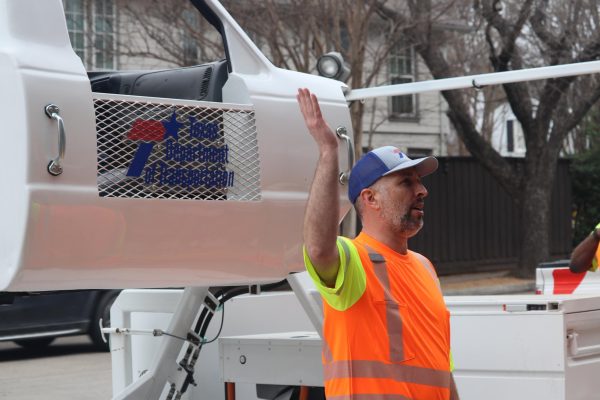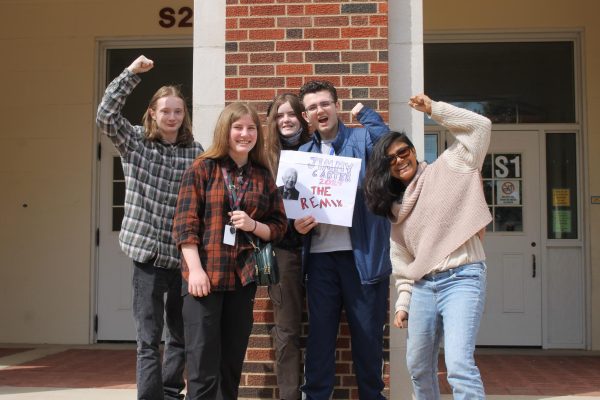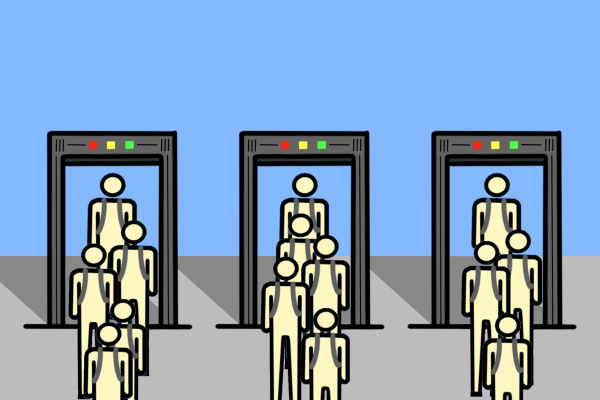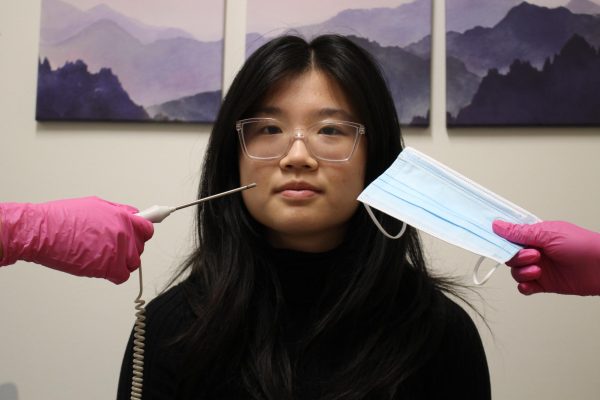Why Ebola has a second chance
Since April 4, 2018, the Democratic Republic of the Congo (DRC) has reported more than 30 possible cases of Ebola, with 18 of these cases resulting in death. Although there are 30 possible cases, only two of these cases have been confirmed as Ebola, the disease which broke out from 2014 to 2016. Ebola, a west African epidemic, was first discovered when it killed its first victim, a two-year-old boy, in December of 2013.
The disease died down in 2016 after much effort was brought to end the disease through west African officials. This new breakout in the town of Bikoro, which is in the northwest area of the DRC, causes officials concern due to the disease’s ability to rapidly spread through little amounts of bodily fluid. The town of Bikoro is a market town that is well connected to multiple large rivers and near the national border of the DRC.
“People wouldn’t be concerned if the outbreak was anywhere else, it is just because the disease spreads best through body fluids which are all over this town in the DRC,” freshman Ben Davis said.
These latest outbreaks are the eighth and ninth outbreaks since the disease was controlled in 2016, which are included in the 24 recorded outbreaks recorded during and after the disease broke out in 2014.
The disease Ebola has five known strains in existence, with the deadliest of the strains being the Zaire strain, which now has an emergency vaccine available for use. In 2016, the final results of the trial vaccines for Ebola were proven to provide high level protection for victims, although the vaccines came too late to prevent the 11,000 deaths and 28,000 affected victims in the 2014 to 2016 epidemic.
The most recent outbreak of Ebola also contained the Zaire strain. Because of the global efforts to help calm the disease and end the epidemic, more than 300,000 doses of the Ebola vaccine are being stockpiled for the next epidemic. The Ebola vaccine is free for victims and is stockpiled in an area in which it could arrive within 3-4 days to the epidemic site.
“It is nice how everyone across the world wanted to help out and contain this disease,” Davis said. “It would be a world struggle if this disease broke out for the second time, especially with the fact that the viruses could become too strong for the vaccines in the future.”












